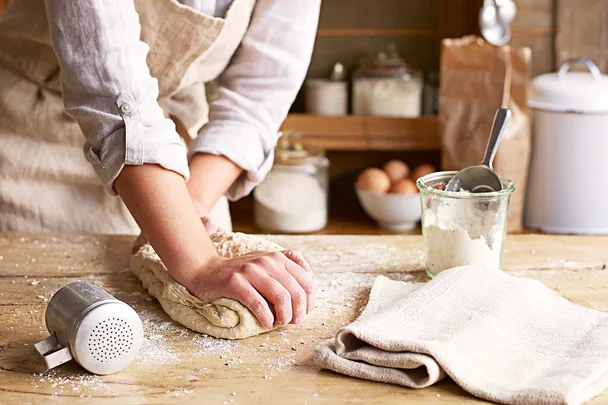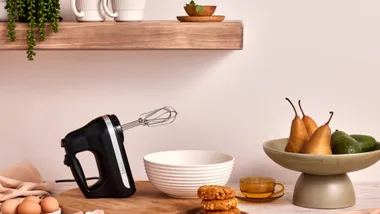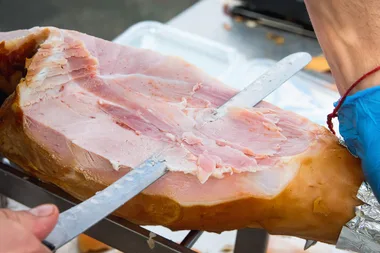Never made a loaf before? Or would you like to perfect your bread-making techniques?
Read on for our ultimate guide to making better bread.
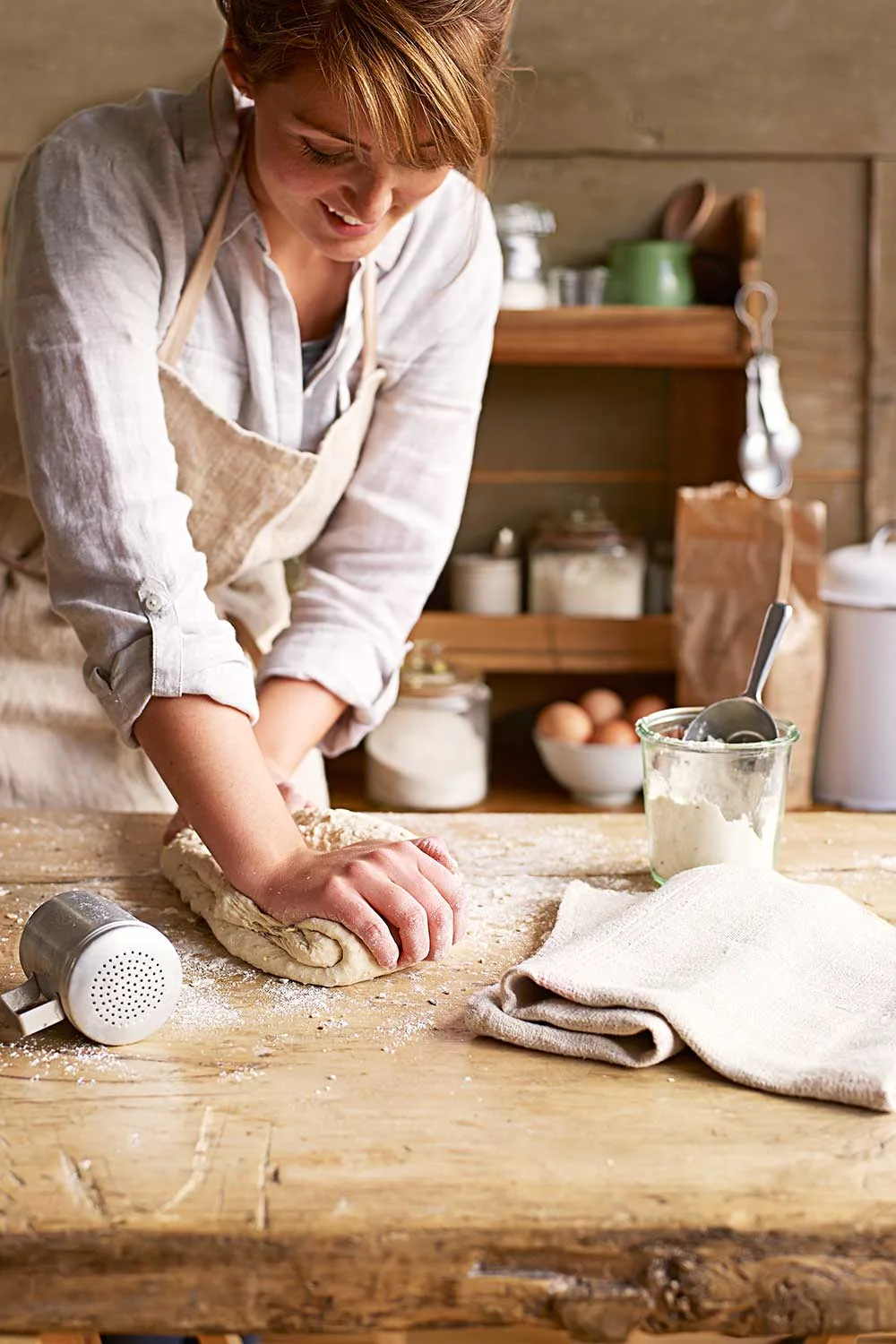
1. How warm is ‘warm water’?
Yeast is activated or brought back to life at 37C/100F (just above blood temperature). Most breads need water at this temperature to get the yeast going (except sourdoughs, which require long, cool fermentation). If you don’t have a thermometer, the water should feel just warm, not hot – if the temperature is too high, it will kill the yeast.
2. Kneading know-how
Most breads require kneading (the process of stretching the dough) to develop the gluten and mix the ingredients. An easy way is to hold the dough with one had and stretch it out over the work surface with the other, then bring it back to a ball and repeat with the other hand. Keep kneading until it’s smooth and can be stretched without tearing (about 10 minutes). If you’re using a tabletop mixer, be careful not to over-knead – the gluten can be stretched too far and start to ‘shatter’, resulting in a flat and heavy bread. If you’re worried, stop the machine after 3 minutes and finish kneading by hand.
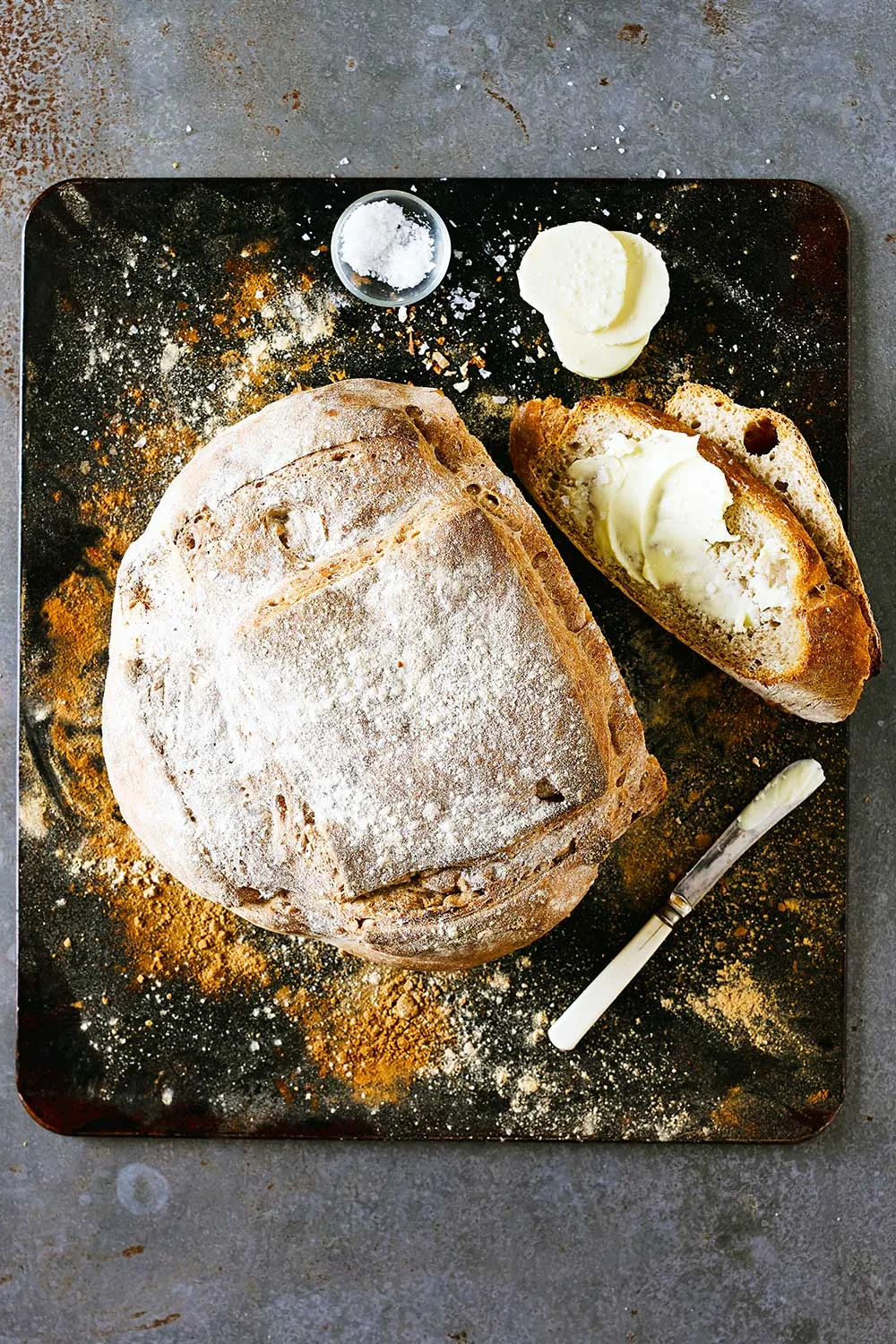
3. Successful rising
Coat your dough with oil or use oiled cling film while proving so the surface doesn’t dry. ‘Doubling’ can take 1-3 hours, depending on dough moisture, temperature, gluten development, and ingredients used. A warm, humid climate is often best, but for deep flavour, most doughs can be put in the fridge for their second rise and left to prove overnight. Put the dough in the fridge straight after shaping, covered with oiled cling film. In the morning, let it come to room temperature and finish rising 45 minutes to 1 hour before baking as usual.
4. Is it ready?
To check that your dough has fully risen, press a finger into the surface – if the dough springs back, the gluten still has some stretch in it, so you can leave it for a little longer. If the indentation left by your finger doesn’t move, the gluten has stretched fully and the dough is ready to bake. Don’t leave it any longer or the air bubbles will start to collapse, as the gluten will be unable to support them.
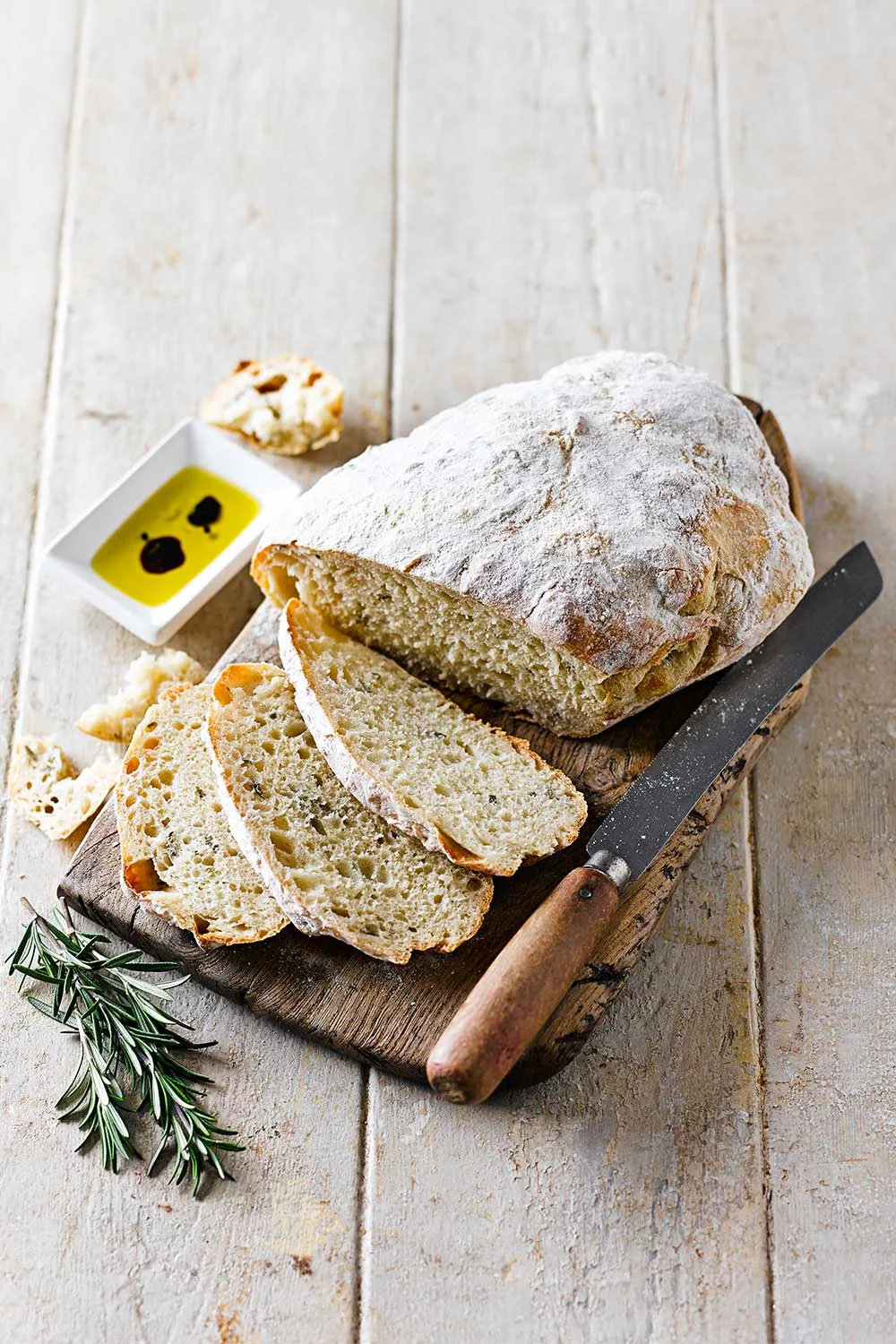
5. Knocking back
This is a technical term for punching or pressing down on the dough after the bread’s first rise. The process bursts the tiny air bubbles that have formed in the dough and then forces them to reform again in the final shape you want, which results in a smoother texture. For some bread recipes, such as ciabatta, irregular holes are desired, so the dough is not knocked back.
6. When you can use a bread machine?
In theory, it’s possible to do the first rise of most bread recipes in a machine, scaling the quantities to your machine and following its instructions for timings. However, you then need to finish, shape and bake the bread by hand. It’s best to use the bread machine for an everyday loaf, but to make it by hand for a really special bread.
